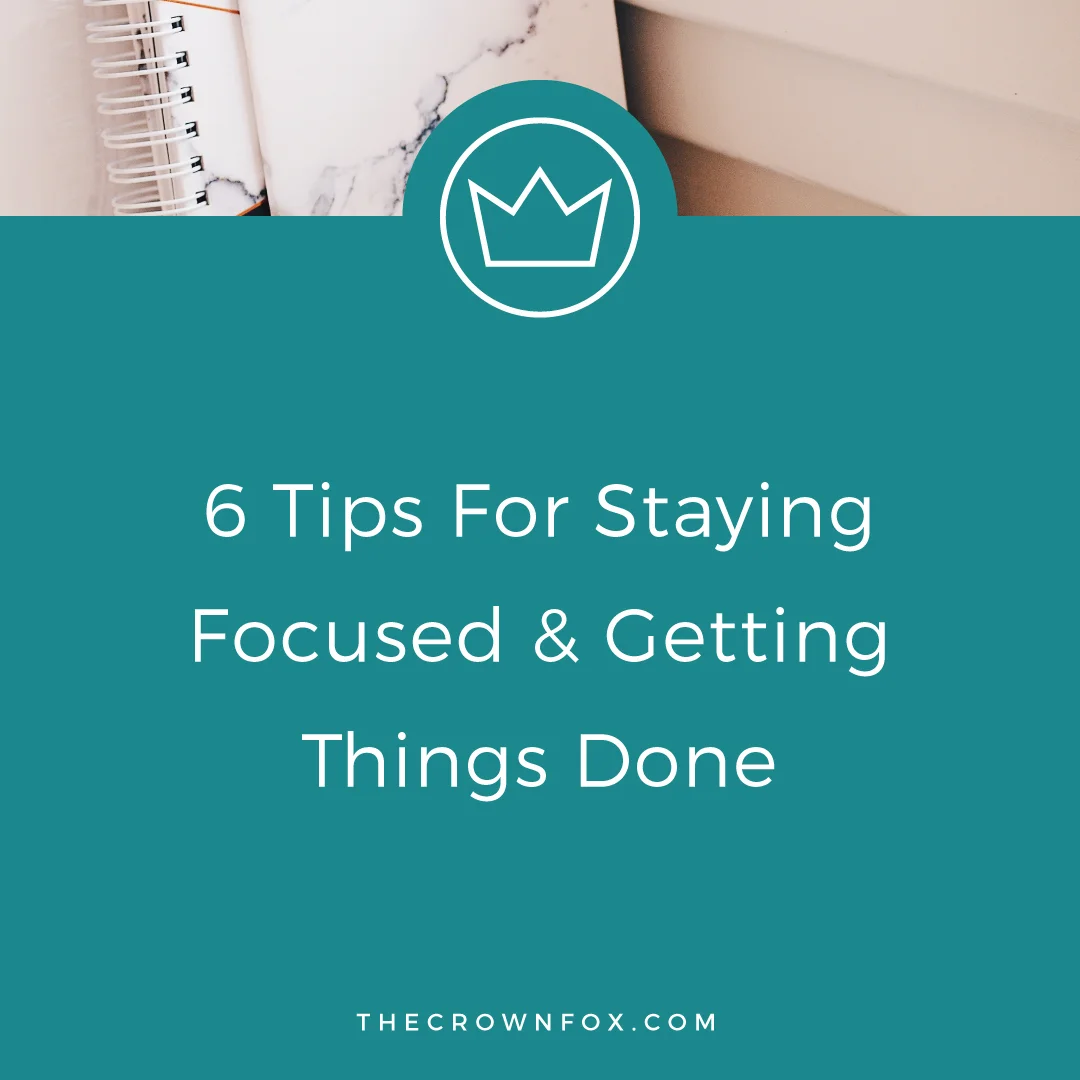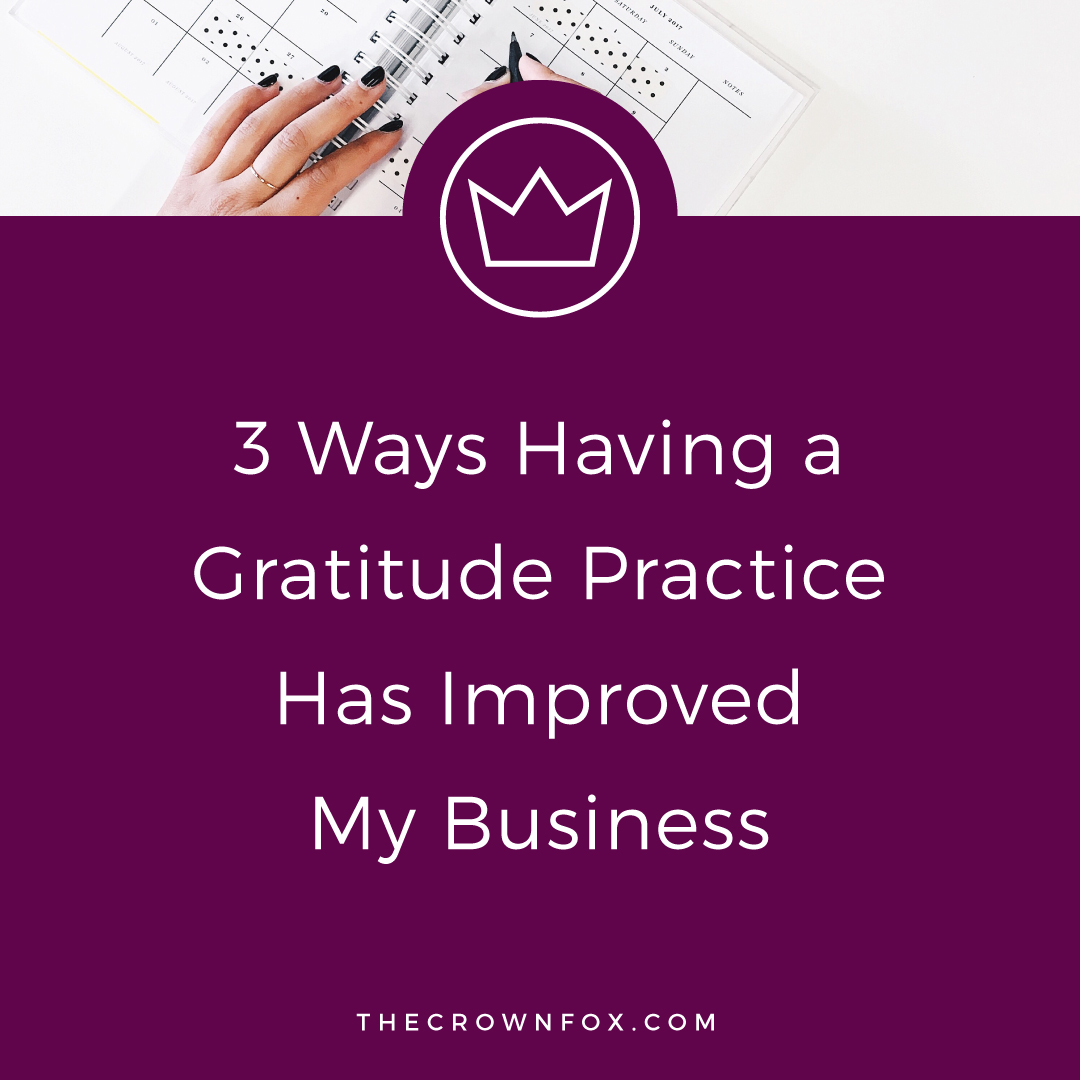Hey folks! Kaitlyn here, introducing a new guest post this week from Lindsay of Lot801Marketing! Lindsay has an amazing post all about getting your posts featured on larger sites, like the Huffington Post, and tools to help you! Check it out and be sure to follow her on social media (links at the bottom).
Imagine waking up in the morning with your inbox flooded with emails from family, friends and colleagues. You check your Instagram and notice you gained 1,000+ new followers over night. Your website traffic easily tripled and you’re over here scratching your head… trying to figure out what the heck happened while you were sleeping.
This was me last July. I was scrambling around trying to figure out where all this buzz was coming from. Then all the sudden, there it was. My phone dinged and it was an email from an editor at The Huffington Post letting me know she picked up the story I pitched her a few months ago. I was literally on my kitchen table doing the happy dance. My husband thought I was cray cray!
I can’t tell you how many emails I received from other small business owners and bloggers asking how the heck The Huffington Post found me.
That’s where they’re wrong… they didn’t find me, I found them.
There are tons of other brands in my industry, the chances of them finding me are slim to none. But I was the one they wrote about because I put myself out there. I didn’t wait for them to come to me.
Today I’m showing you exactly how you can do the same for your brand.
Whether you’re a product based business, service based business or blogger, you can absolutely replicate my strategy to get published on your favorite website and draw some MAJOR traffic to your site.
Nail the pitch every time with my email outline here. Once I figured out the secret sauce to my email pitches I started getting some major press. This will show you exactly what to include in your email to get a HECK YES!
Alright, are you paying attention? Because today I’m showing you exactly how to get published in a major outlet. Follow these steps below and you’re sure to land a major feature:
FIND YOUR OUTLET BFF
You can’t just up and pitch a major outlet simply because you know they have a huge following. Just like any other relationship, it’s got to be beneficial to BOTH parties.
Sure, you getting featured on their website will get YOU tons of traffic… but what does the publication get out of this relationship?
Do your homework. Make sure you have something their readers will find interesting. Is their audience your audience, and vice versa? It’s got to be the perfect marriage to begin with. Give them info they want to share with their readers. It wouldn’t make sense for a men’s lifestyle blog to pitch to a women’s publication now would it?
It might sound like a no brainer. But I don’t know how many people have a great story and the perfect pitch, without getting published anywhere… 9 times out of 10, it’s because it’s not the right story for the right outlet. Trust me, do NOT skip this step!
It’s got to be as beneficial for them, as it is for you.
SEEK OUT THE RIGHT EDITOR
Okay, so you know what outlet you want to be featured in, whoop whoop! Read through as many articles and stories as you can. Find stories that are similar to yours or at least in the same niche as you. Read them, become familiar with them. Then go to the top of the article (sometimes the bottom) and find out WHO wrote this story.
This part is gold! Editors are CONSTANTLY looking for stories and articles to write. They’re on the look-out for people like you who can help them write or finish a story… it’s their job. Once you’ve found someone who’s likely to write about your story, you need to connect with them. Share their content on social media, retweet their tweets. Follow them on Instagram (as long as they aren’t private) and comment on their pics.
Most importantly, comment on their original article posts! This will get their attention. They’ll become familiar with who you are and eventually engage back with you. Many times, the editors have started following ME on social media after implementing this strategy.
Now when you’re ready to shoot them an email, they’ll know exactly who you are because they’re familiar with you already. They’ll be much more likely to actually open your email and read it because they’ll feel a small connection to you. Rather than being cold pitched by someone they don’t know, and have never heard of.
FIND YOUR STORY
Editors won’t write about you simply because you want them to. You have to give them something juicy, something they’ll actually enjoy writing about. Something they’re readers are going to enjoy and want more of.
There’s nothing interesting about a new beauty blog that just came out, there’s tons of those. But a beauty blog that only features products under $10? Now that’s a freaking story!
That’s something worth writing about.
If you’re pitching to a local outlet that’s known for covering local businesses/blogs and highlighting local stories, stick with that particular angle. Go for the local business bit and make sure to include an interesting twist on what makes you different. Why you’re more interesting than Joe Shmoe’s local business down the street.
A story about how all the products you sell are made here locally, or how you’re active in the local community by donating or volunteering is also a great angle. If you’re a blogger that features all the best restaurants in your state, that’s definitely something a local editor would be interested in.
If you’re pitching to more of a national or international outlet, find an angle you know will be interesting enough to the general public, yet provides enough of a spin to bring something new to the table. If your story was on the side-bar of Facebook, would you stop to read it? Go for the gold here.
Maybe you’re an interior design blog and recently decorated an entire living room with upcycled furniture and decor. Upcycling is in right now, this is absolutely a story the general public would find interesting.
Interior design is awesome, but with the twist of all upcycled products under say $150… that’s a headline!
PITCH AWAY! (whoop, whoop)
Alright, you’ve found the perfect outlet. You know who you should be contacting… now it’s time to get down and dirty. It’s time to pitch away my friend.
Many times, the outlet will have a bio for the editor you’re looking to contact. In the bio there will be an email for that specific individual (most times). If not, after you’ve connected with them a bit via social media, don’t be afraid to message them asking for their email. You can also get their email from the outlet itself. If they have a general email address, shoot them an email asking for the specific editors contact information. You can also call the outlet and ask them that way. Sometimes, it’s just as easy as a google search.
Below is an example of a BuzzFeed story I randomly picked from their website. You’ll see that at the top of their posts they list the editor who wrote it.
If you click on her name, it’ll take you to her bio where an email address is listed. Voila… easy peasy, right?
First things first when pitching to an editor, you need to put some thought into your subject line. Imagine how many emails these people get.. tons! Their inbox gets flooded with emails on the daily.
Your subject line has to be click worthy. You don’t want to be another email that gets skipped over and never ready. It has to stand out and catch their eye, a subject line they can’t refuse!
What’s the perfect anatomy for a click worthy subject line? It has to be descriptive, spark some curiosity, and be brief!
Click here to get my PR Pitch Outline to help you get started. I’ve put together exactly what you should include in your email and where. This is a MUST have!
FOLLOW UP!
This may be the MOST important step of all. So many times I hear, ‘I pitched so and so and never heard back’. My first response, ‘well did you follow up with them?’. The answer is always no. What the heck? Just because you didn’t hear back right away, doesn’t mean they aren’t interested.
Remember how we talked about how busy these editors are? Yeah, they get tons of emails. Sometimes yours just gets pushed to the bottom. Sometimes they’re interested and other things come up throughout the day or week and they just aren’t able to get back to you.
7 out of the 10 times I’ve gotten press coverage, was a result from me simply following up.
Here’s my rule of thumb. If I haven’t heard back within 7-10 days, I’ll shoot over a quick follow up email. Something like, ‘Hey! I’m just following up to make sure you had received my previous email’.
The trick is to keep it short, at best just a few sentences. You also want to include something interesting you didn’t include in your original email. Maybe some statistics, hard numbers, testimonials, links to relative stories… something like that to keep them interested.
If you don’t hear back from the follow up email within 7-10 days. Send one more follow up. Nothing pushy, just a quick and short check in. If you haven’t heard back at this point, it’s safe to say they aren’t interested.
Don’t take this personal. Sometimes it’s just not the right fit at this particular time.
This doesn’t mean you can’t pitch this person a month or so from now with a different story. Remember, they only said no to that particular idea, you can definitely shoot them a completely different pitch at a later time… and you should!
Alright, now that you’re ahead of the game and know how to go land some major press… don’t hesitate, start NOW and let me know how it goes!
Comment below with your dream press coverage and let’s make it happen! To help get you started, I’ve put together the perfect PR Pitch Outline. Click here to get my email outline that’s sure to get your pitch to stand out.
Hi, I’m Lindsay. Owner / designer of Lot801, a children’s brand for the off-beat cool kids. After growing my brand so quickly through social media (going from 0 to 10k followers in just 9 months, now approaching 20k) and getting major press: being featured in many magazines like Vogue, landing TV shows and being featured on The Huffington Post. I started Lot801 Marketing where I teach other small business owners and bloggers how to do the same.












